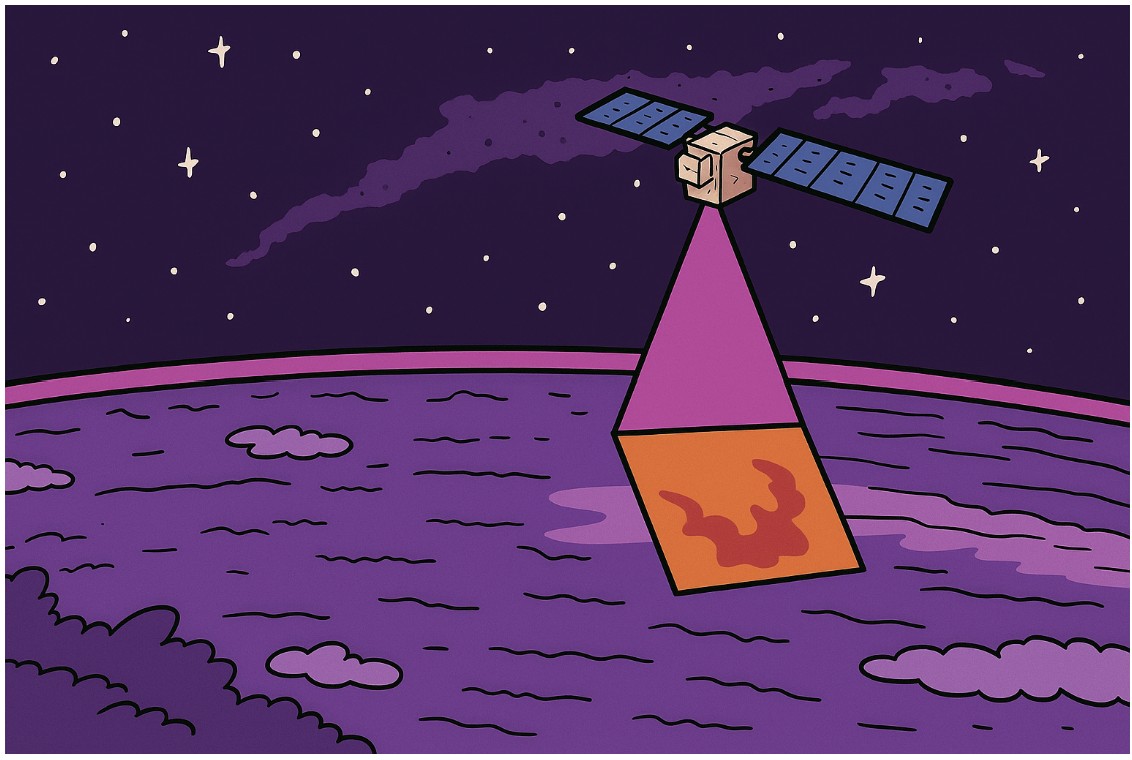In March 2024, the Environmental Defense Fund (EDF) launched MethaneSAT, a groundbreaking satellite designed to track and reduce methane emissions from oil and gas operations. Just a few months later, in August 2024, NASA’s Jet Propulsion Laboratory introduced its own methane-tracking satellite, Tanager 1. These two satellites were engineered to work in tandem “to detect and quantify methane emissions with unprecedented accuracy.” Operating as part of the Carbon Mapper Initiative, their real-time data capabilities aim to improve methane monitoring and reporting on a global scale.

At RINSTAR, our team was intrigued by the potential impact these satellites could have on the Renewable Fuel Standard (RFS), particularly with the inclusion of RNG. One of the biggest challenges in methane management is its colorless and odorless nature, which makes it difficult for facilities to detect leaks. With the Carbon Mapper Initiative making their data publicly accessible, businesses, governments, and the public will have a more accurate understanding of their methane emissions.
When RNG was introduced into the RFS, the RINSTAR team noticed that the EPA took extensive measures to define how RNG should be transported and tracked through the supply chain to qualify for Renewable Identification Numbers (RINs). Unlike other renewable fuels, which can be chemically tested with relative ease, RNG becomes harder to trace once injected into a pipeline. These new satellites have the potential to revolutionize this process, allowing RNG producers to incorporate their facilities’ satellite data into their own leak detection and mitigation procedures.
Beyond RNG, this technology could have broader implications for the renewable fuel industry. By pinpointing methane emissions from key areas such as agriculture and waste management, the data provided by MethaneSAT and Tanager 1 could drive new innovations in methane capture and significantly influence RFS policy and Renewable Volume Obligations (RVOs).
At RINSTAR, we are always excited to see how emerging technologies impact the RFS landscape—especially when those technologies are launched into space. We hope the industry embraces these innovations and recognizes the data goldmines that these satellites are. The insights derived from these satellites could be a game-changer for emissions reduction and regulatory compliance.
Stay informed on all things RFS by subscribing to our newsletter
